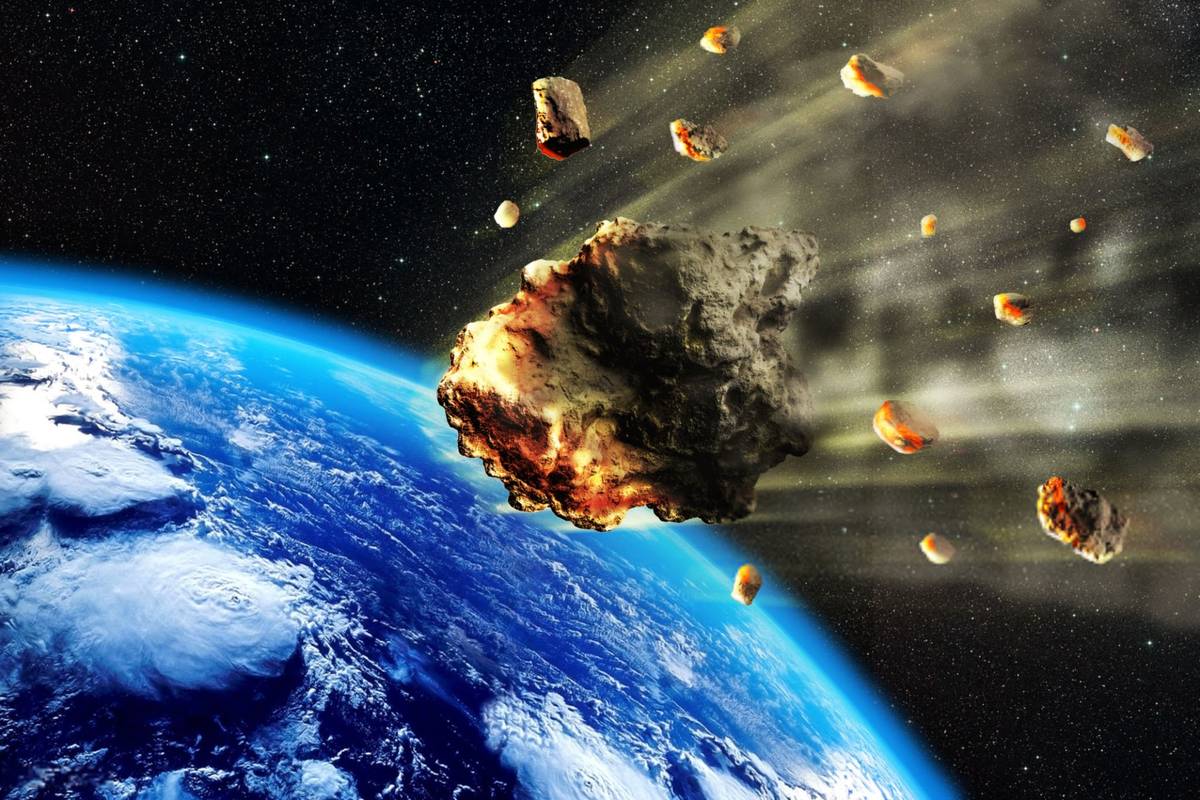
The European Space Agency (ESA) plans to send the Ramses spacecraft to track the asteroid Apophis as it approaches our planet on April 13, 2029. The 375-meter-diameter asteroid will fly at a distance of only 32,000 kilometers from Earth – closer than some satellites in orbit.
Despite its close passage, Apophis does not pose a threat to the Earth. NASA scientists have confirmed that there is no risk of a collision for at least the next century. However, this approximation provides a unique opportunity for research. Astronomers believe that an asteroid of this size approaches the Earth only once every 5000-10,000 years.
ESA plans to launch Ramses in April 2028 to arrive at Apophis two months before its approach to Earth. The final decision on the mission will be made in November 2025.

Apophis is interesting to scientists as a rocky S-type asteroid. Such objects are the most common class of potentially hazardous asteroids. The study of its composition and properties will help develop methods to protect the Earth from possible collisions in the future.
“Ramses will demonstrate that humanity can deploy an exploration mission to meet an approaching asteroid in just a few years,” said Richard Moissl, head of ESA’s Planetary Defense Directorate. “This type of mission is the cornerstone of humanity’s response to dangerous asteroids. First, a reconnaissance mission will be launched to analyze the orbit and structure of the approaching asteroid. The results will be used to determine the best way to deflect the asteroid.”
“Ramses will observe Apophis before and after its passage by Earth. This will allow us to study how the gravity of our planet will affect the asteroid. Scientists expect to see changes in the shape, orientation, and rotation of the space body.
NASA will also join the Apophis study. The OSIRIS-APEX spacecraft, which recently delivered samples from the asteroid Bennu, will travel to Apophis as soon as it approaches the Earth.
Cooperation between ESA and NASA in the study of asteroids is not new. Earlier, the agencies successfully conducted the DART mission to deflect the asteroid Dimorphos. The European probe Hera will go to investigate the consequences of this experiment in October this year.

